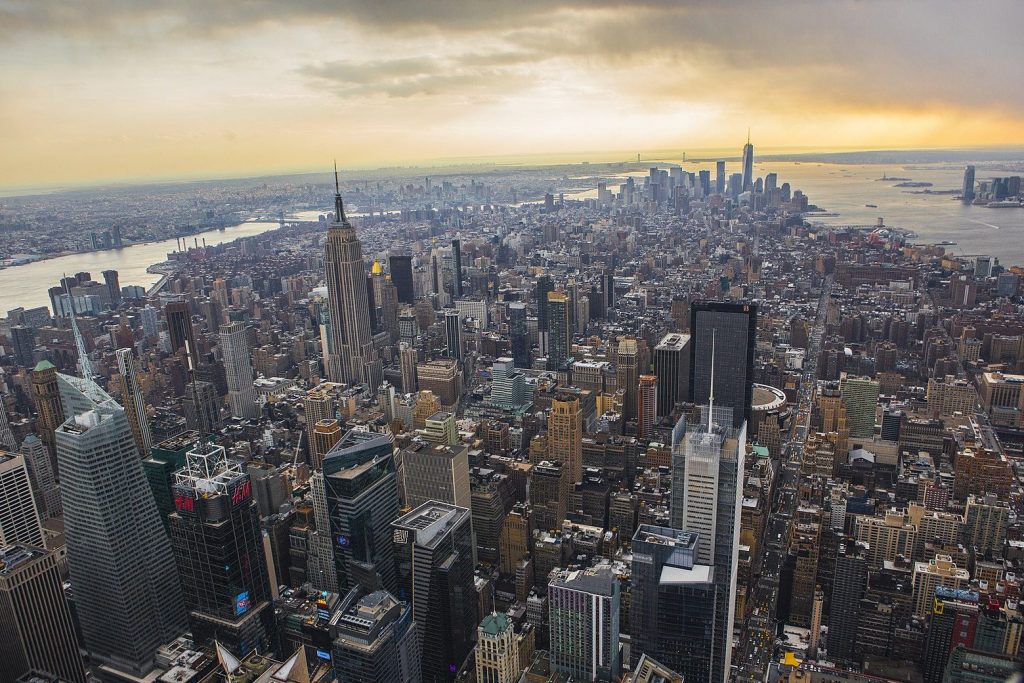New York City’s Hotel Woes Checked In Long Before Coronavirus

Skift Take
The Big Apple's hotel building bonanza of recent years swamped the market with an overabundance of supply. But even now with permanent closures expected and fewer rooms available, hotel operators won't be able to price up in a way to turn big profits.
Even before a global pandemic upended the travel industry, New York City hoteliers were grappling with declining revenue amid a massive amount of supply hitting the market. Coronavirus then tanked travel demand and led many hotels to suspend operations. Analysts expect as much as 20 percent of the city’s hotel supply — roughly 25,000 hotel rooms — to permanently close.
But the New York City hoteliers that manage to make it to the other side of the recovery shouldn’t take a victory lap.
“It’s a hard prediction to make but even if you took 20 percent of the rooms out, I still think it’s a long slog to getting to a profitable level,” Pebblebrook Hotel Trust CEO Jon Bortz said.
Pebblebrook sold most of its New York City portfolio in the years leading up to coronavirus due to poor market fundamentals, Bortz added. The lodging real estate investment trust now only owns one hotel in the city, the Roger New York. The portfolio strategy came down to limited pricing power and the high cost of running a hotel in New York.
Property taxes on Pebblebrook’s New York portfolio doubled between 2010 and 2016, Bortz said.
“We sold the rest of wh
